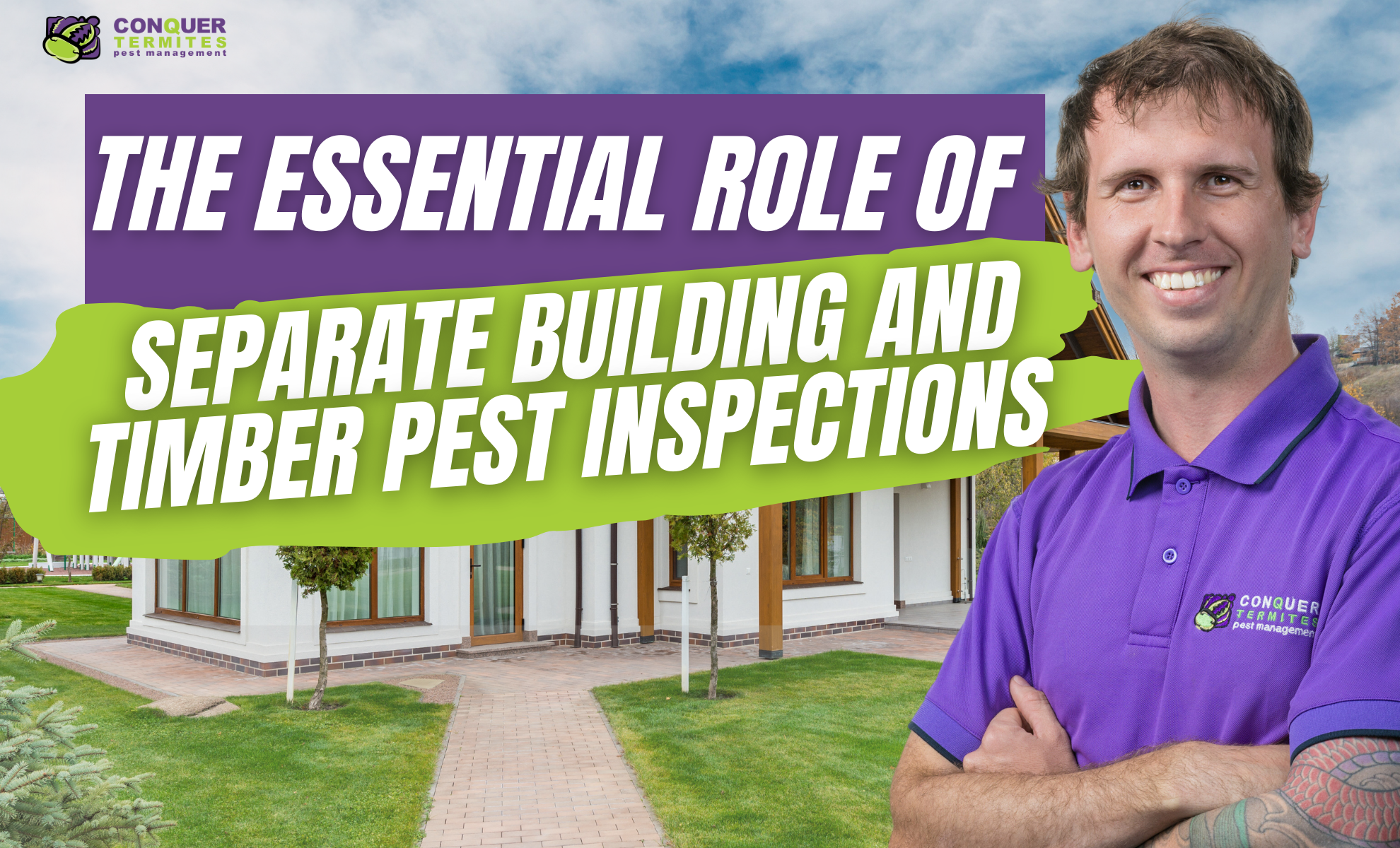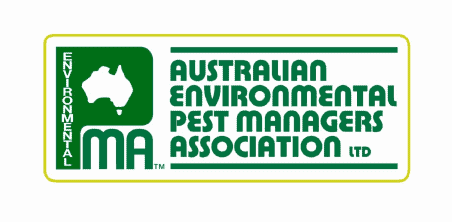
When purchasing a home, the decision often hinges on various factors, ranging from location and price and in our current climate, availability. One crucial aspect that prospective homeowners sometimes overlook is the importance of thorough inspections. Specifically, it is wise to conduct separate building and timber pest inspections, using individual specialists in their respective fields.
Here’s why:
- Specialized Expertise
Building Inspection: A building inspection focuses on the overall structural integrity of the property. Inspectors assess foundations, walls, roofing, plumbing, and more. They look for signs of wear and tear, water damage, and compliance with building codes. Their expertise lies in identifying potential structural issues that could affect the safety and longevity of the home.
Timber Pest Inspection: On the other hand, a timber pest inspection zeroes in on identifying pest infestations, particularly those involving wood-destroying organisms like termites, borers, and fungal decay. These inspectors are trained to spot the subtle signs of pest activity, which can often go unnoticed by building inspectors.
- Comprehensive Coverage
Having separate inspections ensures that every aspect of the property is scrutinized meticulously. A combined inspection might lead to oversights, as the focus could be diluted. Structural inspectors might not delve deeply into pest issues, while pest inspectors might overlook broader structural concerns. Separate inspections ensure comprehensive coverage and peace of mind.
- Accurate Diagnosis
Different issues require different diagnostic tools and approaches. Building inspectors use moisture meters, thermal imaging cameras, and other devices to look at the overall condition of the house. Timber pest inspectors employ specialized techniques such as tapping, probing, using moisture meters, thermal imaging cameras in very different ways to identify pest activity. By having separate inspections, you ensure that both inspectors can use their specific tools and methodologies to accurately diagnose issues.
- Detailed Reporting
Separate inspections result in more detailed reports. Each report will focus on its specific area of expertise, providing you with comprehensive information about the property. This allows you to make informed decisions, understand potential costs for repairs or treatments, and negotiate better with the seller.
- Increased Negotiation Power
Armed with detailed reports from both inspections, buyers are in a stronger position to negotiate the purchase price. If significant issues are uncovered, you can request repairs, treatments, or a reduction in the asking price. The seller is more likely to take your concerns seriously if you present findings from specialized inspectors.
- Long-term Cost Savings
While separate inspections might seem like an added expense initially, they can save you money in the long run. Identifying structural issues or pest infestations early on prevents costly repairs down the line. It’s far cheaper to address problems before they escalate rather than after they’ve caused significant damage.
- Peace of Mind
Ultimately, the goal of these inspections is to ensure that you are making a sound investment. Knowing that your future home is free from structural defects and pest infestations provides peace of mind. You can move in with confidence, knowing that your new home is safe and secure for your family.
When buying a home, a separate building inspection and timber pest inspection are critical steps in the due diligence process. Each type of inspection brings a unique focus and expertise, ensuring that no stone is left unturned. This thorough approach not only protects your investment but also provides the assurance that your new home will be a safe and sound place to live for years to come. Don’t cut corners; invest in separate inspectors to safeguard your future.










